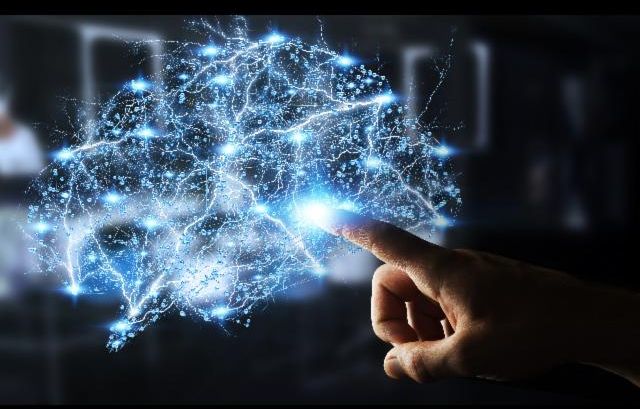Mathematics professor Po-Shen Loh has created Expii, a free education tool that democratizes learning by turning your smartphone into a tutor.
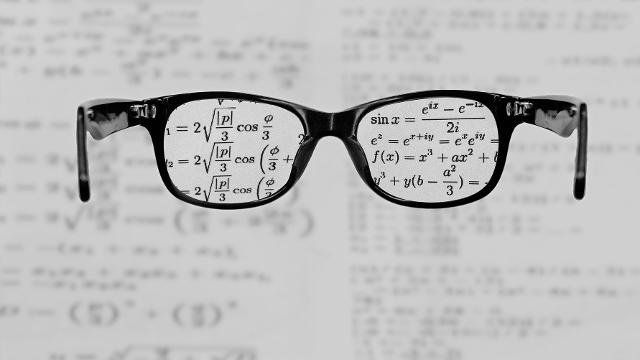

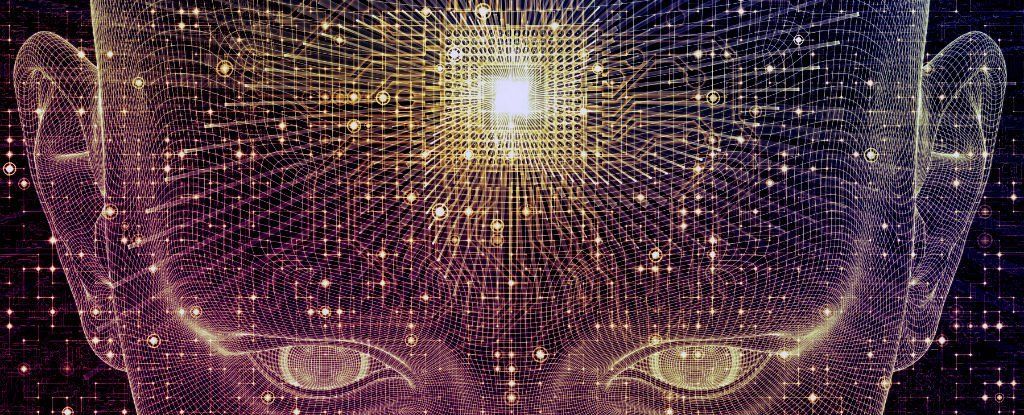
Scientists say it’s possible to build a new type of self-replicating computer that replaces silicon chips with processors made from DNA molecules, and it would be faster than any other form of computer ever proposed — even quantum computers.
Called a nondeterministic universal Turing machine (NUTM), it’s predicted that the technology could execute all possible algorithms at once by taking advantage of DNA’s ability to replicate almost perfect copies of itself over billions of years.
The basic idea is that our current electronic computers are based on a finite number of silicon chips, and we’re fast approaching the limit for how many we can actually fit in our machines.
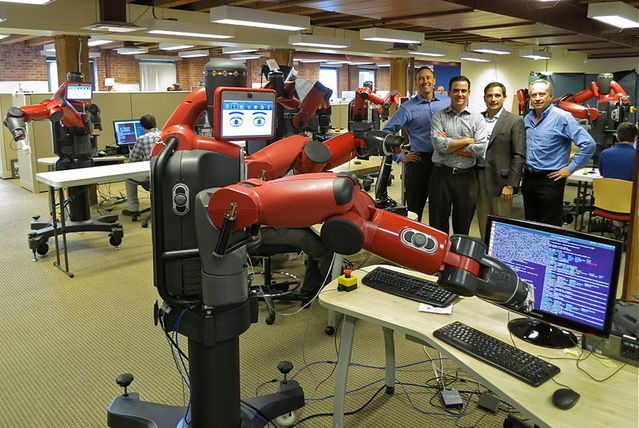
My new article for Psychology Today on my federal audit and the coming day of eliminating taxes because of technology.
With all that in mind—and the $7500 they say I owe them—they know I wouldn’t hire an accountant at $150 an hour to deal with the thousand-plus receipts, payments, and supposed car log entries I made last year—since the amount I’d spend on an accountant in the San Francisco Bay Area might easily end up more than $7500. They also surely know I won’t do it myself, since it’s definitely not worth my own time.
They have me in a pickle—even though it’s more than obvious my busy self probably has far more in write-offs than I even bothered to report in the first place. In fact—given how perturbed I feel at the IRS and its 82,000 full time employees this moment, if it was just economical, I’d re-file to get more of my earnings back. But in the twisted game they created in their 74,000+ page tax code, it’s not worth it.
Their way of operating has made me suspect one of their main algorithms on whether to audit people resembles mafia morality:

The goal of transcending flesh is an old fetish. Yogis meditated and fasted for eons in order to rise above our ‘meat casing,’ performing painful ablutions and inventing kriyas, intense breathing exercises that are physiologically indistinct from intentional hyperventilation. The goal of many religions, from some forms of Tibetan Buddhism to numerous strains of Christianity and Islam, is all about letting the spirit soar free.
While language changes, pretensions remain. Today we talk about ‘uploading consciousness’ to an as of yet discovered virtual cloud. Artificial intelligence is only moments away, so the story goes, with experts weighing in on the ethical consequences of creating machines void of emotional response systems. In this view consciousness, itself a loaded and mismanaged term, is nothing more than an algorithm waiting to be deciphered. Upon cracking the code, immortality awaits.
Of course others are more grounded. The goal of extending life to 150 years includes the body by default, though the mind is still championed above all else. Yet we seem to age in opposing directions by design. At forty-one little has changed in how I think about myself, yet my body is decaying: a post-knee surgery creek here, a perpetual tight shoulder there. It certainly feels like a slowly approaching transition, even if that, like much of life, is an illusion.

One thing is clear: the way in which we organize the economy and society will change fundamentally. We are experiencing the largest transformation since the end of the Second World War; after the automation of production and the creation of self-driving cars the automation of society is next. With this, society is at a crossroads, which promises great opportunities, but also considerable risks. If we take the wrong decisions it could threaten our greatest historical achievements.
We are in the middle of a technological upheaval that will transform the way society is organized. We must make the right decisions now.

(Tech Xplore)—Can you picture indoor security robots strolling around your workplace tomorrow? You might balk at the idea of militaristic rolling machines making people feel uncomfortable as they hunt for thieves and blunderers. Well Cobalt Robotics has come up with a different kind of indoor security robot.
The robots made news this week when IEEE Spectrum posted a video on Wednesday to show what they look like and what they do.
These are mobile robots designed to work alongside human guards. “Cobalt’s robots gather data using sensors like cameras and lidar, and process the information using machine-learning algorithms to detect and flag anomalies,” said IEEE Spectrum.

Coca-Cola is ditching flesh and blood creatives in favour of software algorithms in an experiment to see whether AI bots have what it takes to beat their human masters.
Mariano Bosaz, Coca-Cola’s global senior digital director, is spearheading the move as part of wider efforts to push the bounds of technology to see what they are capable of.
In an interview with Adweek at Mobile World Congress in Barcelona Bosaz said: “Content creation is something that we have been doing for a very long time—we brief creative agencies and then they come up with stories that they audio visualize and then we have 30 seconds or maybe longer. In content, what I want to start experimenting with is automated narratives.”

How do molecules rotate in a solvent? Answering this question is complicated, since molecular rotation is perturbed by a very large number of surrounding atoms. For a long time, large-scale computer simulations have been the main approach to model molecule-solvent interactions. However, they are extremely time consuming and sometimes infeasible. Now, Mikhail Lemeshko from the Institute of Science and Technology Austria (IST Austria) has proven that angulons—a certain type of quasiparticle he proposed two years ago—do, in fact, form when a molecule is immersed in superfluid helium. This offers a quick and simple description for rotation of molecules in solvents.
In physics, the concept of quasiparticles is used as a technique to simplify the description of many-particle systems. Namely, instead of modeling strong interactions between trillions of individual particles, one identifies building blocks of the system that are only weakly interacting with one another. These building blocks are called quasiparticles and might consist of groups of particles. For example, to describe air bubbles rising up in water from first principles, one would need to solve an enormous set of equations describing the position and momentum of each water molecule. On the other hand, the bubbles themselves can be treated as individual particles—or quasiparticles—which drastically simplifies the description of the system. As another example, consider a running horse engulfed in a cloud of dust. One can think of it as a quasiparticle consisting of the horse itself and the dust cloud moving along with it.
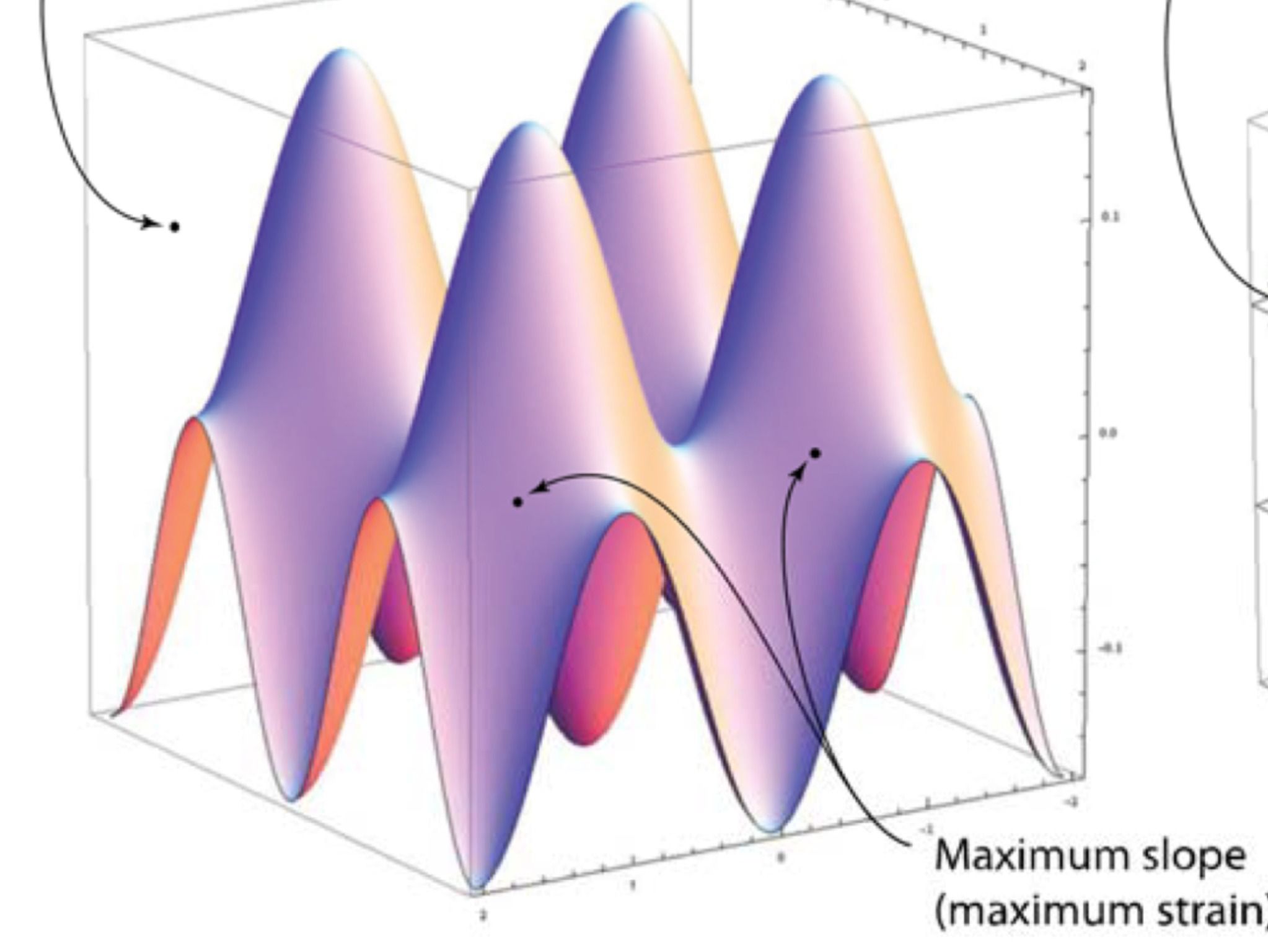
We can even use a vacuum to explain how Quantum is in all things while solving one of the remaining discrepancies in physics.
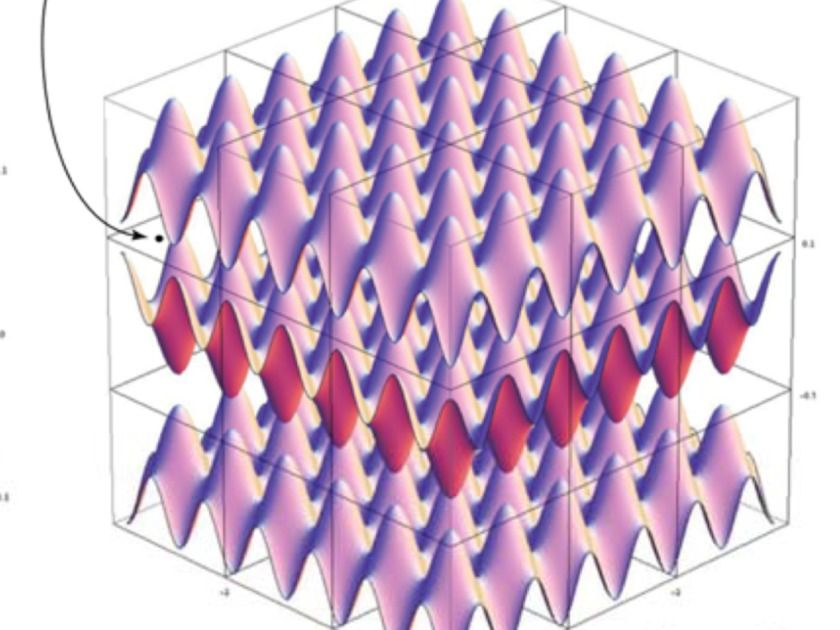
In the observable universe, number of particles are estimated to be 1080 and if there were some discrepancy in Physics with the explanations of the observable universe or with its each particle then it should confine to factor 1080. I submit that 1080 is a huge figure that forms if one puts eighty zeros after 1. But if the discrepancy is of the factor 10120 then either it is beyond the total number of particles constituting the universe or the physicists might have gravely erred in their calculations. It might be a freak happening that resulted in such a huge quantity. After all, freaks are also the creations of nature or probably the nature itself has erred here. This discrepancy of 10120 is the largest and worst cosmological confusion which can be abbreviated CC and rightly so for cosmological constant as it is the cosmological constant based on Quantum mechanical model. Quantum mechanical model says, energy density of the vacuum is in the range of 10113 Joules per metre cube whereas General Relativity calculates it in the range of 10^−9 Joule per metre cube. An attempt is made to resolve this discrepancy using Spacetime transformation and gravitational gamma Г. Gravitational gamma Г is a term that appears in Schwarzschild solution of general relativity equations.
I submit that vacuum is not nothing but is everything and quantum mechanical model of the vacuum has very large energy density. In the words of John Archibald Wheeler, “Empty space is not empty… The density of field fluctuation energy in the vacuum argues that elementary particles represent percentage‐ wise almost completely negligible change in the locally violent conditions that characterise the vacuum.” That means there are violent conditions or fluctuations although vacuum on large scale appears smooth. Spacetime model has the capability of creating matter, forces, fields and particles. In fact, matter even the entire universe is assumed as spacetime as has been explained in my earlier article, “Matter Is No More Than Fluctuations In Vacuum*.”
I submit that the energy density of the vacuum, due to uncertainty principle, varies from point to point causing fluctuations. In other words, energy density at different points goes on varying even though there is no mass causing gravity. But even then at two points, due to fluctuations of energy density, rate of time may vary, causing difference in time by Planck time. These fluctuations can only be felt at a distance limited to Planck length or at microscopic scale but on macroscopic scale the space time, according to Quantum Mechanical model, appears smooth with no disturbances.
